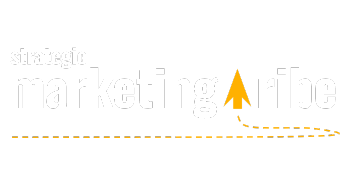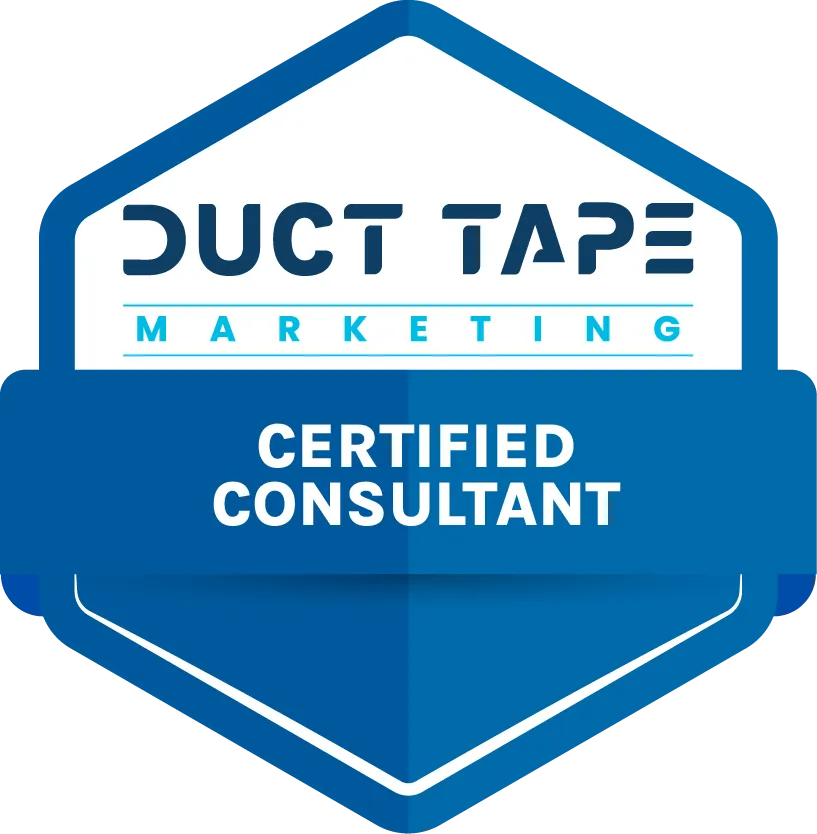STORY, MEET STRATEGY
Let’s make marketing feel less robotic and more real.
Find resources that bring your message—and your business—to life.

AI Startup Collapses After Faking Tech—What Small Businesses Can Learn From Builder.ai’s Fall
By Vicky Sidler | Published 16 June 2025 at 12:00 GMT
London-based startup Builder.ai, once backed by Microsoft and valued at $1.5 billion, has filed for bankruptcy after it was revealed that its “AI-powered” app-building platform was mostly powered by 700 human engineers in India.
You read that right.
In a world where so many people have been worrying about AI taking their jobs, in this case, faking AI was directly creating jobs for over 700 people. The company’s much-hyped AI assistant “Natasha” turned out to be nothing more than a marketing mask for manual labor.
The company raised $445 million, claimed $220 million in revenue (although, the real number was closer to $50 million), and has now left 1,000 people jobless while owing millions to Amazon and Microsoft.
And if you’ve ever rolled your eyes and thought, “It’s not even AI, it’s just automation with a fancy UI!”—congrats. You’re officially more accurate than some investors.
When AI Means ‘Actually Indian’:
This wasn’t a grey area. According to The Times of India, Builder.ai inflated revenue by 300%, faked AI, and raised over $445 million using smoke, mirrors, and a Microsoft co-sign. When the new CEO took over and found the actual revenue was just $50 million, the house of cards came down fast.
Viola Credit seized $37 million. Amazon and Microsoft are owed a combined $115 million. Around 1,000 people are now out of a job.
In startup lingo, this is called AI washing—rebranding basic or manual work as artificial intelligence to ride the hype wave and attract capital.
It worked. Until it didn’t.
And for the rest of us trying to do honest work? It’s a case study in what not to do if you care about your reputation.
What This Teaches Us About Trust:
As a Duct Tape Marketing Strategist and StoryBrand Certified Guide, I’m not here to throw stones. I’m here to help small business owners learn from this without needing a law degree or a crisis PR team.
Here’s what this scandal teaches us:
1. Clear messaging beats clever hype:
Builder.ai had a fictional AI persona and a slogan that promised apps in minutes. What they didn’t have was honesty. Don’t try to sound impressive—try to sound true.
2. Trust is your most valuable currency:
Whether you’re a SaaS founder or a solo accountant, people don’t buy what you do. They buy what they believe about you. Once that belief is broken, you’re out.
3. Automation should support your systems—not become your identity:
If you’re using AI or automation in your business, great. But don’t sell it like you’ve built Skynet. Just show people how it helps you solve their problem faster, better, or more affordably.
What to Do Instead of Pretending You're AI:
Not sure how to position your offer without buzzwords? Here’s a simple plan that works better than fake bots:
✅ Explain what you really do:
If your service is 90% human and 10% tech, say that. Customers don’t care if you’re “powered by AI”—they care if it works.
✅ Build a clear message that earns trust:
Hype confuses people. Clarity converts. A simple, honest one-liner about your service will outperform “next-gen intelligence cloud integrations” every time.
✅ Create one useful piece of content this month:
Write a blog or record a short video explaining how your process works. Real transparency is more compelling than any invented acronym.
Want Help Saying What You Actually Do?
If your website is trying to sound smarter than it is (no judgment—we’ve all been there), it’s time to simplify.
Download my free 5-Minute Marketing Fix. It’ll help you write one sentence that makes people say, “Finally, someone who gets it.”
Because at the end of the day, your customers don’t need Natasha. They just need to know what’s real.

Created with clarity (and coffee)






